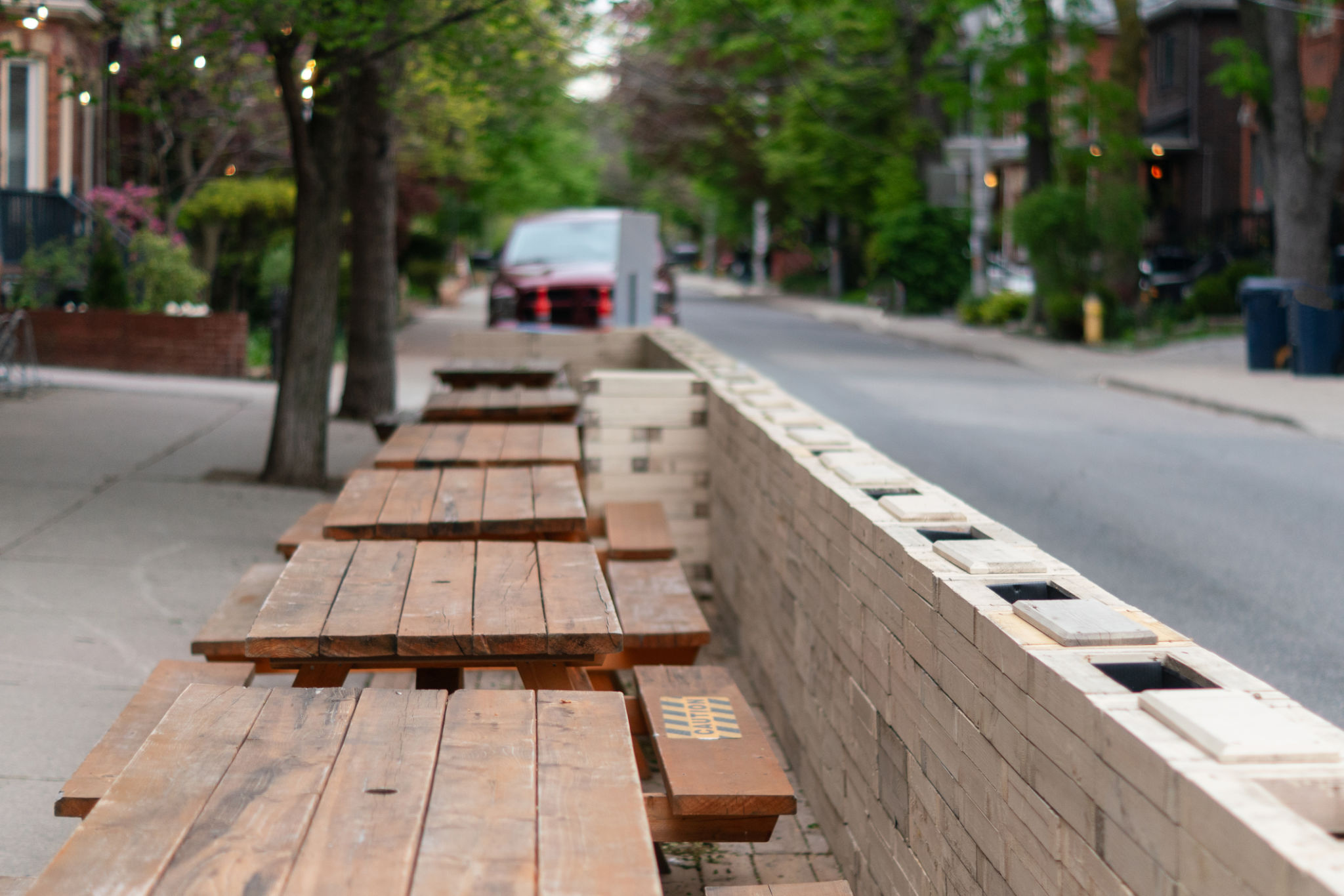Comparing Real Estate Development Approaches: Urban vs. Suburban
EC
Introduction to Real Estate Development Approaches
As population growth continues to influence housing demands, real estate development plays a crucial role in shaping our living environments. Two dominant approaches in this field are urban and suburban development. Each has its own set of characteristics, advantages, and challenges that cater to different lifestyle preferences and needs.
Understanding the nuances between these two approaches can help potential homeowners, investors, and developers make informed decisions. In this post, we will explore the key differences between urban and suburban development and examine what each approach has to offer.

Urban Development: Living in the Heart of the City
Urban development focuses on creating residential and commercial spaces within city centers. This approach is characterized by high-density living, with tall apartment complexes and mixed-use buildings. The proximity to business districts, cultural amenities, and public transportation makes urban living particularly attractive to those seeking a vibrant lifestyle.
One of the primary benefits of urban development is accessibility. Residents often find themselves within walking distance of work, entertainment, and dining options. Additionally, cities offer a diverse range of cultural experiences that are not typically available in suburban areas.

Challenges of Urban Development
Despite its advantages, urban development comes with its own set of challenges. High property prices and limited living space can be significant drawbacks for potential buyers or renters. The hustle and bustle of city life may also lead to noise pollution and a lack of privacy.
Suburban Development: Embracing Space and Tranquility
In contrast, suburban development often occurs on the outskirts of cities, focusing on low-density housing such as single-family homes. This approach is ideal for those who prioritize space, privacy, and a quieter lifestyle. Suburban regions typically offer larger properties with gardens or yards, making them suitable for families.

The appeal of suburban development lies in its ability to provide a peaceful environment away from the hectic pace of city life. Suburbs often have lower crime rates and better access to parks and recreational facilities, contributing to a higher quality of life for many residents.
Challenges of Suburban Development
However, suburban living is not without its challenges. Commutes to city centers can be lengthy, leading to increased transportation costs and time spent traveling. Additionally, suburban areas may lack the cultural diversity and amenities found in urban environments.
Conclusion: Choosing the Right Approach
When comparing urban and suburban development approaches, it's essential to consider personal preferences and lifestyle needs. Urban development offers convenience and cultural richness, while suburban development provides space and tranquility.
Ultimately, the decision between urban and suburban living depends on various factors such as budget, lifestyle priorities, and proximity to work or family. By understanding the unique features and challenges of each approach, individuals can make choices that best suit their living aspirations.